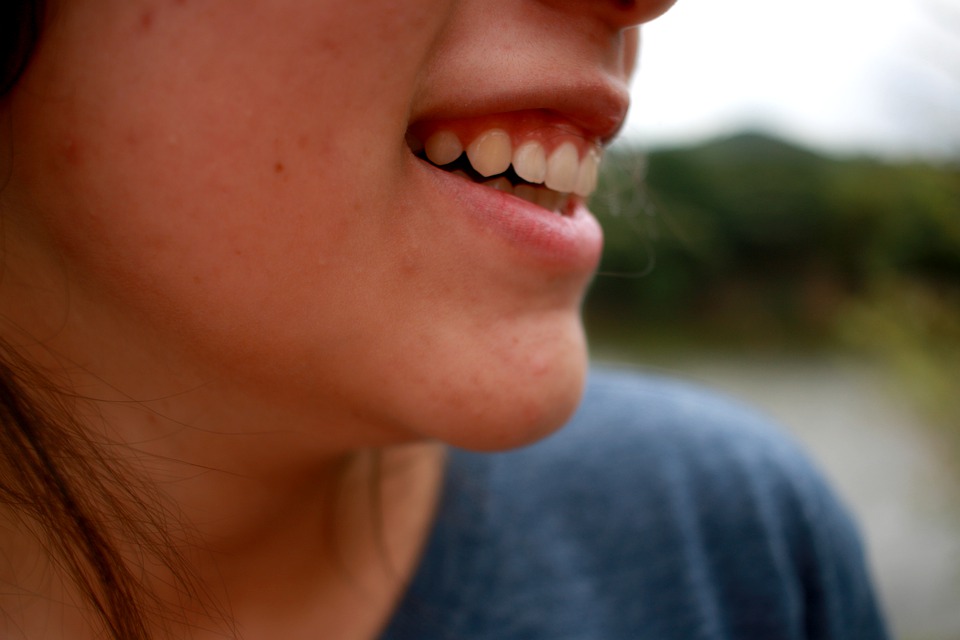
Warts and All: Are You Dealing With One of These 5 Common Types of Wart?
Do you know what’s what when it comes to your warts?
Here’s a fact that most people don’t know: warts are actually caused by Human Papillomavirus, or HPV. While most people associate HPV with its sexually transmitted variants, these only account for 40 out of the over 100 variants of the virus. Warts are among the lesser-known strains, and can be contracted by something as benign as shaking hands, walking around barefoot, or exposure of an open wound to the virus.
Fortunately, warts are benign, and they don’t usually cause any side effects aside from mild discomfort. We’ve outlined the 5 most common types below:
1. Common Warts
The term “common warts” refers to warts that were not sexually transmitted, and just as the name indicates, these are the most commonly occurring type of wart. They tend to appear on your outer extremities (fingers and toes especially), but on occasion they can appear on other parts of the body. They appear slightly rounded compared to surrounding skin, and have a gray hue.
The standard treatment for common warts (and the rest on the list below) is cryotherapy, and it’s not unusual to undergo the treatment more than once. Alternately, your clinician might opt to inject bleomycin, an anti-cancer medication that causes inflammation in the affected area and thereby triggers the immune system to kick in to fight the virus. Immunotherapy is the only definitive treatment for warts, and it usually takes between one and three years to completely eradicate the warts.
2. Plantar Warts
This type of wart is distinct because it most commonly appears on the feet, and these warts grow into your skin instead of out. Because plantar warts are essentially tiny holes in the bottom of your feet, they may cause discomfort while walking.
3. Flat Warts
By contrast, flat warts are usually found on the arms, face, or thighs. As you might have guessed, flat warts are flat-topped, and they can be brown, pink, or yellow in color.
4. Filiform Warts
Filiform warts are small flaps of skin that protrude from the areas surrounding your mouth, nose, chin, and neck. They tend to be the same color as your skin.
Filiform warts, like common warts, can be treated with cryotherapy; or, a dermatologist may choose to treat these warts as if they were skin tags: by numbing the surrounding area, snipping the wart, and cauterizing the base to minimize bleeding.
5. Periungual Warts
Periungual warts usually grow near or underneath the fingernails and toenails. They are by far the peskiest type of wart, as they can be quite painful, and can occasionally lead to infection or dystrophy of the nails.
If you are experiencing any of the following symptoms associated with periungual or another form of wart, you should consult a dermatologist, as these could be signs of a more serious condition:
- Signs of infection, like pus or scabbing
- Warts on a sensitive part of your body, like your genitals, mouth, or nostrils
- Warts that cause pain or change color
- Warts that occur alongside diabetes or an immune deficiency like HIV/AIDS









No Comments
Sorry, the comment form is closed at this time.